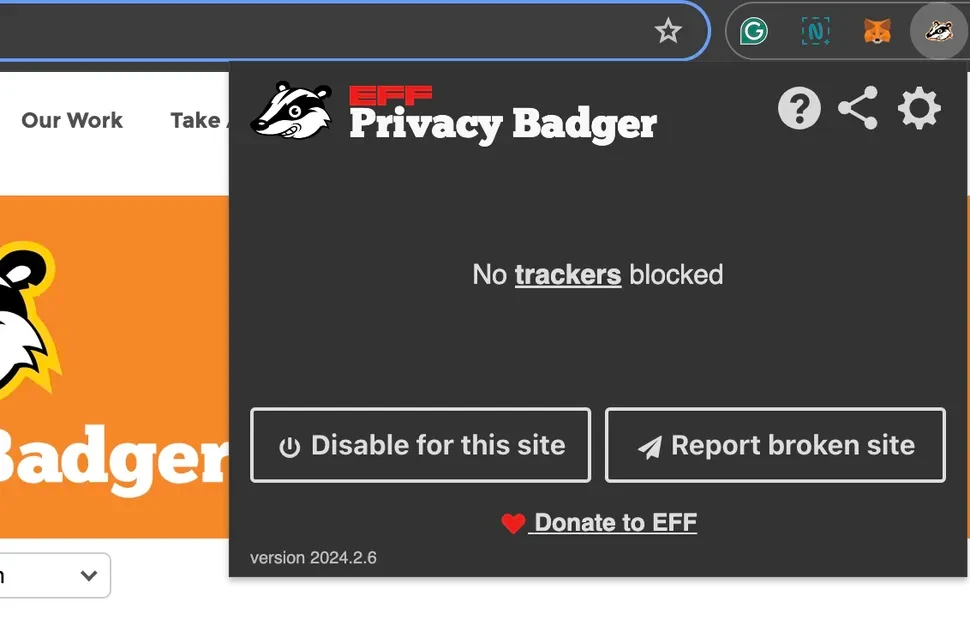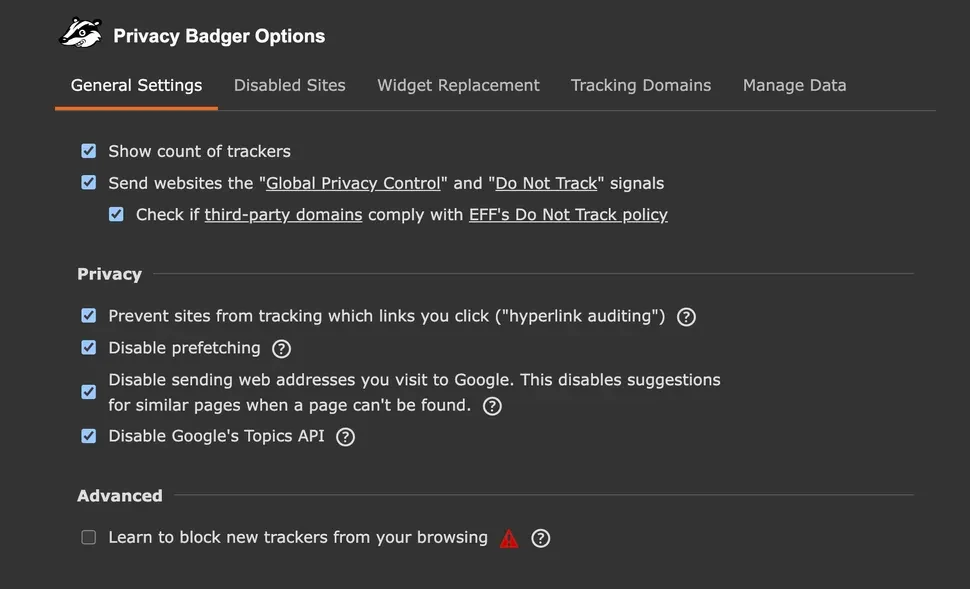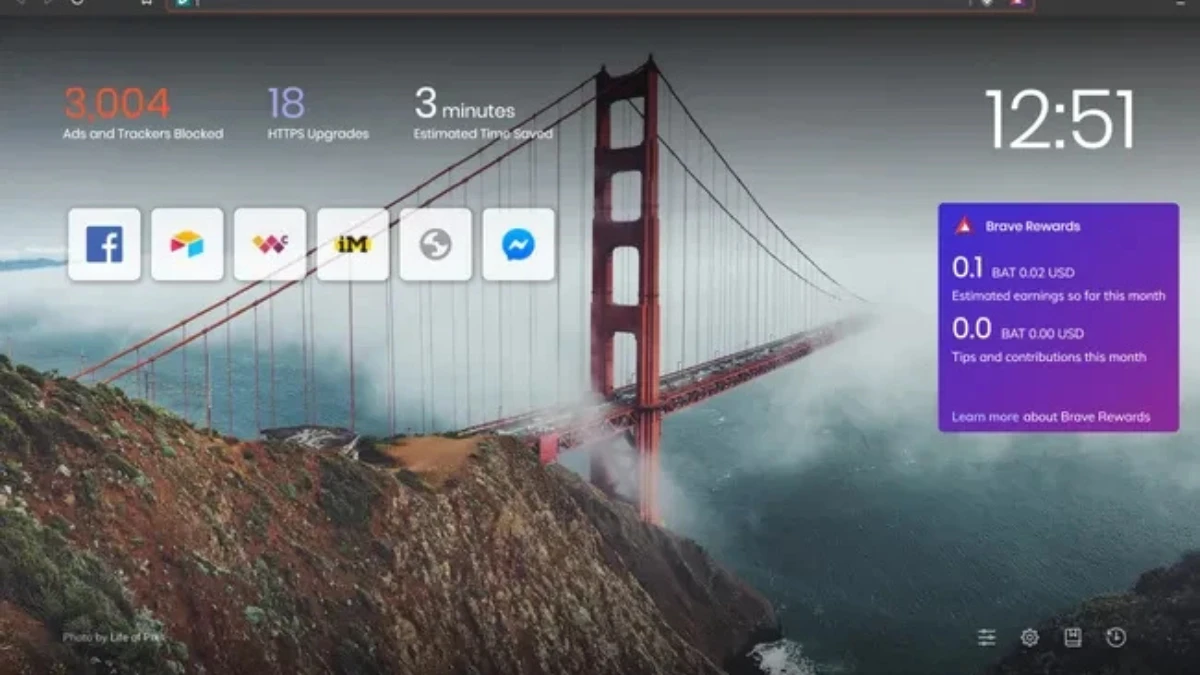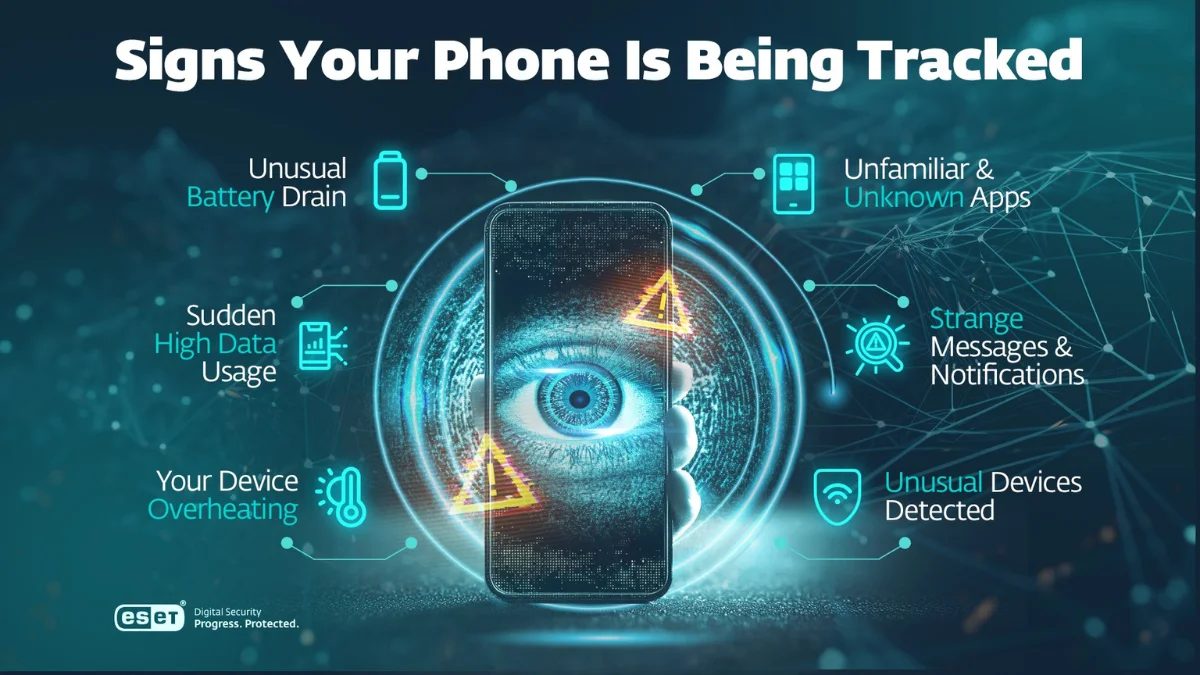You’re being watched right now. Not by one company. By dozens. Most people have no idea how many companies track their every click, harvesting personal data without consent. Online tracking operates invisibly, turning your browsing into profit for corporations you’ve never heard of.
Every website visit generates revenue for data brokers who compile detailed profiles about your habits, preferences, and behaviors. Your location, shopping patterns, and search history flow through an underground economy worth billions. These trackers slow your browsing, drain your battery, and expose you to security risks all, while building intimate dossiers about your life.
You’re about to discover exactly how much surveillance happens on average websites, see a free tool that reveals real time trackers, learn what companies do with your data, and gain simple steps to reclaim your privacy today. The tracking stops here.
1. The Shocking Truth About Online Tracking

Every website you visit is watching you. The average site deploys multiple website trackers designed to monitor your every click, with social media platforms leading the pack at 28 trackers per site.
Over 81,000 third parties actively collect data across the web, using third-party cookies and tracking technology to build detailed profiles of your browsing history, location, and purchase behavior.
The scope is staggering: only 62 of the top 10,000 websites don’t connect to Google servers. This massive data collection system operates invisibly, with nearly half of all active websites using cookies to follow you across the internet, monetizing your digital footprint without explicit consent.
2. Why This Matters More Than You Think

The privacy risks are escalating rapidly. In 2025’s first half alone, 166 million individuals suffered data breaches, with personal information compromised at an average cost of $4.44 million per incident. Major breaches exposed TransUnion customers’ Social Security numbers (4.4 million affected) and McDonald’s job applicants’ data (64 million victims).
With only 26% of websites properly secured, your tracked data becomes a gateway to identity theft. Companies sell your information to data brokers, while government agencies purchase location data without warrants. More than half of all data breach incidents involve customer personal identifiable information, transforming routine tracking into potential financial devastation and stolen identities.
3. The Free Tool That Shows Everything

Privacy Badger, a free privacy tool from the Electronic Frontier Foundation, reveals the invisible tracking network. This browser extension works across all major browsers, displaying real-time tracker counts on every site you visit. Install it in seconds: search your browser’s extension store, click “Add,” and watch the numbers appear. Facebook.com immediately shows 15+ trackers; news sites often exceed 30.

Ghostery offers similar tracker blocker functionality with detailed breakdowns of what’s being blocked. Both free privacy tools transform abstract surveillance into concrete numbers, letting you see exactly which companies monitor your browsing. The red badge icon updates instantly as Privacy Badger blocks tracking technology automatically.
4. How to Install and Use Privacy Badger
Installing this browser privacy extension takes just 2 minutes on Chrome, Firefox, or Edge. Visit your browser’s extension store, search “Privacy Badger,” and click “Add.” The badger icon appears instantly in your toolbar—a small shield displaying tracker counts. Click the icon on any website to see every blocked tracker listed by name.
Red sliders mean completely blocked trackers; yellow indicates partial blocking where trackers serve necessary functions. Privacy Badger requires zero configuration, learning automatically as you browse. The number badge updates in real-time, showing how many trackers this browser privacy extension stops on each page you visit. Install Privacy Badger once, protect yourself everywhere.
5. What the Numbers Really Mean
Each tracker represents another company conducting online surveillance and user profiling on you. Ten trackers mean ten companies building detailed profiles from your tracking data. This data collection happens constantly—even without clicking ads—draining bandwidth, slowing page loads, and consuming device resources. Google’s dominance is staggering: only 62 of the top 10,000 websites don’t connect to their servers.
Your information flows through the data broker ecosystem, where companies buy, combine, and resell your browsing patterns across sites. One tracker captures your shopping habits; another logs location; together, they create comprehensive digital dossiers sold repeatedly to advertisers, insurers, and unknown third parties engaged in relentless online surveillance.
6. Other Tools to Protect Your Privacy

Brave Browser delivers automatic tracker and ad blocking with built-in privacy features—no extensions required. DuckDuckGo provides free browser extensions plus App Tracking Protection for Android users seeking comprehensive mobile defense. VPNs encrypt your connection and mask your IP address from trackers, with quality services starting around $3 monthly.
Proton Mail offers end-to-end encrypted email ensuring zero third-party access to messages. Advanced users favor uBlock Origin for granular control over blocking. Start simple: install Privacy Badger first, then add DuckDuckGo’s extension. Consider Brave Browser if switching browsers, or invest in VPN protection for public WiFi security. Layer these free and paid tools strategically rather than installing everything simultaneously.
7. The Simple 5-Minute Privacy Setup
This quick privacy fixes checklist transforms your digital security immediately. First, install Privacy Badger (2 minutes)—your essential foundation to stop tracking. iPhone users navigate to Settings → Privacy & Security → Tracking and disable “Allow Apps to Request to Track” (1 minute). Switch your default search engine to DuckDuckGo for private searches (30 seconds).
Check your Privacy Badger tracker count weekly to monitor protection effectiveness. Finally, delete dormant accounts from old services you’ve abandoned—each forgotten profile leaks data continuously. This privacy setup delivers measurable results: expect 60-80% fewer trackers immediately.
Your browsing accelerates, data exposure plummets, and you’ll protect privacy across devices. Five minutes invested, permanent surveillance reduction achieved.
8. Take Control Today
You’re tracked far more than you realize. These free online tracking tools reveal the surveillance, while Privacy Badger provides instant privacy protection by blocking trackers automatically. Five minutes establishes basic defense against invasive data collection. Install Privacy Badger right now. Check your tracker count on your favorite websites. You’ll be shocked.
FAQS.
1. How can I see who’s tracking me online?
Use browser extensions like Ghostery, Privacy Badger, or uBlock Origin to see real-time trackers on any website. These tools display which companies are collecting your data as you browse. You can also visit Cover Your Tracks by EFF to check how identifiable your browser is.
2. Does incognito mode stop tracking?
No. Incognito mode only deletes your local browsing history. Websites, your ISP, advertisers, and employers can still track your activity through your IP address, cookies, and browser fingerprinting. For real privacy, use a VPN and tracking blockers.
3. Is online tracking legal?
Mostly yes, though it varies by location. The EU’s GDPR and California’s CCPA require consent and offer some protections. In most other regions, companies can legally track you if they mention it in their privacy policy, even if you never read it.


